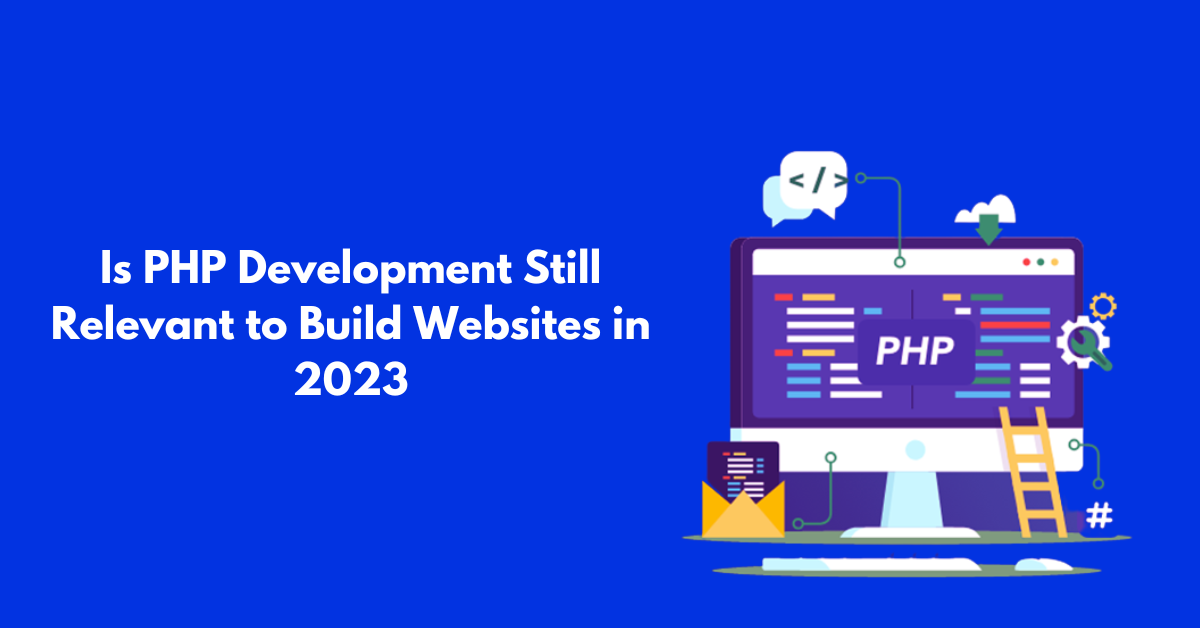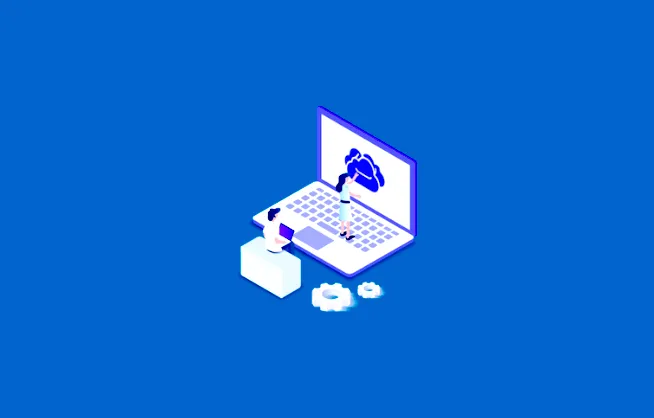In 2022, a lot happened in the PHP world. Google released a major update to its popular Go programming language, introducing many new and improved features. Google also made Go the base language of their new streaming media platform, Google Stadia. The pandemic had a huge impact on the PHP community, as many companies had to adapt and develop new tools and tactics in order to stay afloat.
In this article, we will cover the most notable events that transpired in the PHP community in 2022 and how they will affect the industry in the coming years.

Contents
Go Programming Language
If you’re reading this, I assume you’re either a developer yourself or someone who knows one. If not, then maybe it’s time to consider a career in software development.
The Go programming language was originally released in 2009. A lot has happened in the six years since its release, with the most recent major update being version 1.14, which was released in January 2022. Google also released Go modules in 2019, making it even easier for developers to import and use third-party libraries in their projects.
One of the key features of Go is its concurrency. Concurrency allows your application to perform multiple tasks at the same time. For example, while your app is performing a DNS lookup, it can perform a Web request at the same time. Go has built-in support for multi-threading and multi-processing, which allows developers to take advantage of all the multi-core CPUs available today and build highly-concurrent applications.
The Pandemic
In March of this year, we witnessed one of the largest technology shifts in history, as the entire world adjusted to working remotely while maintaining a close relationship with the family. Thanks to technologies like video calling, messaging, and document sharing, teams were able to continue working even when apart.
Since the beginning of the pandemic, the development community has had to adapt to the ever-changing situation, learning new skills and building new applications as needed. PHP and other traditional application development platforms took a major hit as a lot of businesses had to transition to more agile ways of developing software. This included a shift to online development tools and, eventually, to open source.
Open Source
During this time, developers rose to the challenge and adapted to the new ways in which software development needed to happen. From hosting forums and communicating via Slack to working remotely and maintaining close relationships with teammates, open source allowed teams to continue operating while adhering to the required changes needed to secure software development.
This can be attributed to the open source movement, which was originally started by Linus Torvalds with the release of the Linux operating system in August 1993. Since then, open source has grown to a point where it provides a large portion of the software developers’ workload. More details on how open source impacts the PHP community can be found in my guide to the future of open-source development.
The Evolving PHP
Since the early days of the open-source software movement, PHP has evolved to keep up with the demands of webmasters and developers. Today, PHP is a very versatile language, with support for a variety of programming paradigms. It’s been used to build everything from small personal websites to some of the biggest and most complex corporate sites.
In March of this year, PHP version 7 was released, evolving the language and giving developers plenty of new features to play with. One of the most prominent new additions is the concept of a “well-formed resource.” A well-formed resource is a text, either natural or synthesized, that is structured and clearly written. Well-formed resources are easier for machines to parse and comprehend, which means developers can program computers to understand them. The evolution and addition of well-formed resources to PHP is definitely a sign that the language continues to evolve and change to fit the needs of modern developers.
Web Development Is No Longer About HTML And CSS
Back in 2020, it was popular to build websites using HTML and CSS. These were the only ways webmasters could add design to their sites, with CSS being used to style HTML elements. However, with the evolution of web development tools and platforms, this no longer needs to be the case. Today, web development is a very multi-faceted job, encompassing a lot more than coding.
Besides HTML and CSS, the other essential elements of a website include data analysis, UX design, and marketing.
If you’re looking for a career in web development and want to know what platforms and tools to expect in the coming years, then take a look at my guide to the future of web development.
Video Calling
In the last few years, video calling has evolved from a specialized tool to a standard part of the everyday collaboration. Video calling allows team members to meet virtually and work together while feeling like they’re in the same room.
Although video calling is not a new concept, it has increased in popularity as teams have become more dispersed and work remotely more often. This has made it easier for people to connect with one another and easier for them to feel like they’re a part of a team even when they’re physically located apart. Remote work has also made it easier for people to collaborate, share knowledge, and ask questions. All of these benefits make video calling a valuable tool for any developer, team, or company.
No More MVC, ROR, And Others
In 2022, a lot changed in the PHP world. Not only has the pandemic caused a shift in the way software is built and deployed, but it has also opened up the door for better, more modern architectures and development platforms.
As a result, a lot of the traditional architecture and web development that we’ve grown accustomed to seeing no longer apply. Since the early days of PHP, frameworks like the Model–View–Controller (MVC) pattern and the Ruby on Rails (ROR) framework have existed to make building web applications easier. However, with the evolution of new technologies and platforms, these frameworks are beginning to show their age.
The MVC pattern separates the presentation layer from the logic layer of an app. This pattern makes it easier to build apps with clear boundaries and allows for a more streamlined architecture. The MVC pattern also makes it easier to test and maintain the code base since there’s a clear separation between presentation logic and database queries. While the MVC pattern was originally created for use in web applications, it can be applied to any situation where you need to separate the presentation layer from the underlying code.
The ROR framework was originally designed for use with Ruby on Rails, a language that was specifically developed for making web applications. This combination made the ROR framework extremely popular, as it provided a robust yet easy-to-use environment for building apps.
While these frameworks still have their place, their age can be seen in the form of deprecated APIs and features, as well as a steep learning curve. A prime example of this is the MVC pattern in PHP. The entire MVC pattern in PHP is considered an “old” pattern and was last updated in 2014. Even newer frameworks like Laravel and Vue have completely ignored the MVC pattern and built their applications following the more modern design patterns that emerged during the pandemic.
With the rise of containerization and serverless computing, many of the traditional barriers to entry that kept average people from building applications and websites are no longer a factor.
What About Performance?
Since the evolution of modern web applications to run within containers and serverless computing environments, the importance of a fast and responsive application has become even more apparent. Even during these times, however, not all traffic is created equal, and while certain optimizations can boost performance, they can also lower it. This is why it’s important to test and measure the results of your optimizations before making any significant changes to your code.
The bottom line is that since the dawn of the Information Age, the way we communicate, share data, and conduct business has changed. While these changes have opened up countless opportunities for average people, it has also presented new challenges for software developers. If you’re a developer who feels comfortable using and contributing to open source, then the future of PHP development looks bright.




